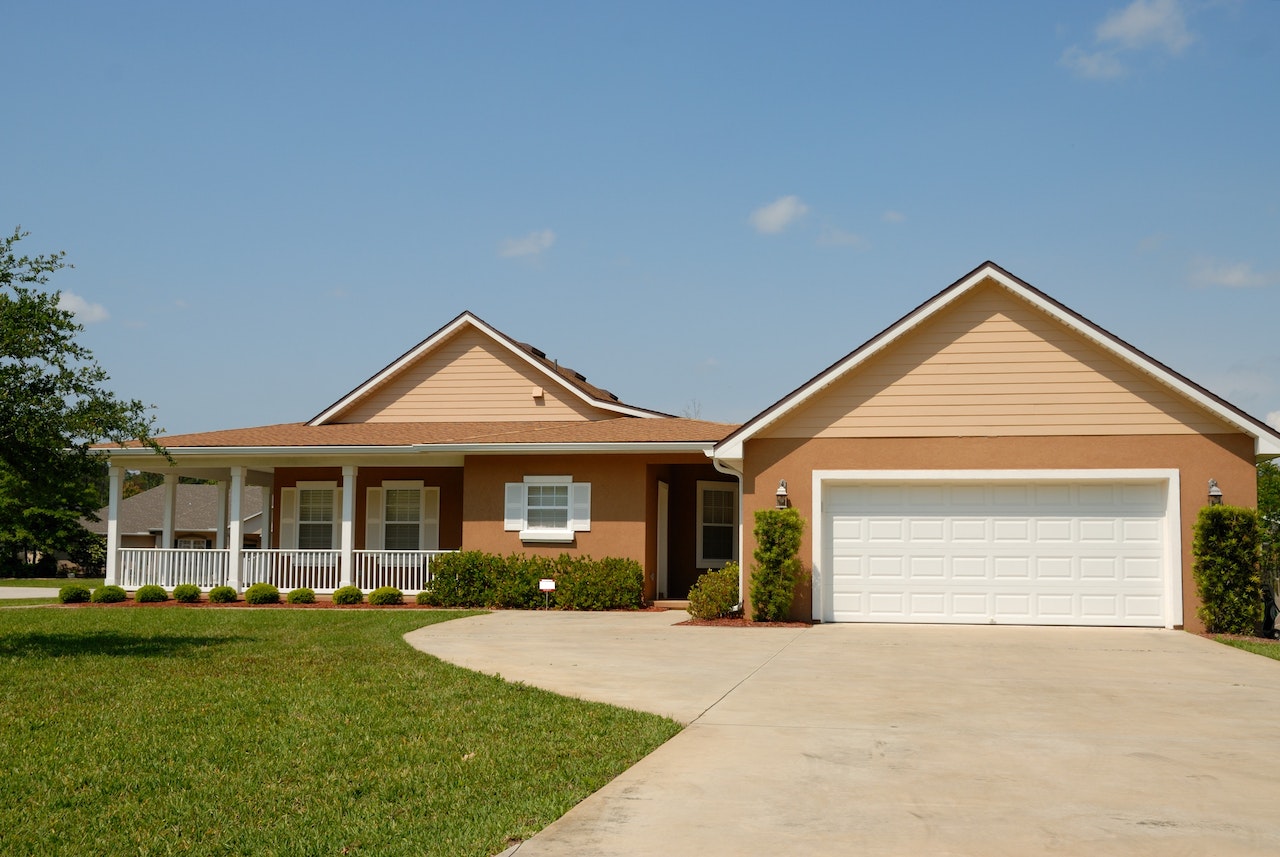Introduction: Affordability in Crisis – The 8% Mortgage Rate Shock
The pursuit of homeownership, an integral part of the American dream, is facing unprecedented challenges as mortgage rates soar to 8%. The affordability crisis gripping the housing market has left prospective homebuyers in a state of shock. In this in-depth article, we will dissect the magnitude of this crisis, examining how soaring 8% mortgage rates affect home affordability and their profound repercussions on both buyers and the real estate market. We will also discuss strategies for navigating this challenging landscape.
Soaring Mortgage Rates: A Crisis Unveiled
Understanding the Crisis:
- The 8% Threshold: Mortgage rates reaching 8% or more introduce a crisis of affordability. Monthly mortgage payments rise significantly, straining homebuyers’ budgets and redefining what’s considered affordable housing.
- Reduced Purchasing Power: Prospective buyers find their purchasing power drastically reduced. They are faced with the dilemma of either settling for less desirable properties or postponing their homeownership dreams.
Impact on Homebuyers:
- First-Time Buyers’ Predicament: First-time buyers, who often have limited resources and fixed budgets, face the greatest hurdles. For many, homeownership might remain an elusive goal.
- Refinancing Challenges: Existing homeowners aiming to refinance their mortgages encounter higher costs and diminished savings potential, which can disrupt their financial planning.
Strategies for Navigating the Crisis:
- Budgeting Prudence: Prospective homebuyers must engage in meticulous budget planning, accounting for the 8% mortgage rate. This involves not only higher monthly mortgage payments but also increased property taxes and insurance costs.
- Government Programs: Federal and state programs that provide down payment assistance and lower interest rates can be a lifeline for homebuyers. These programs help bridge the affordability gap.
- Extended Mortgage Terms: Homebuyers can explore longer mortgage terms, like 30 years instead of 15. While this increases the total interest paid over the loan’s life, it can make monthly expenses more manageable.
Image by: https://theinsurancemarketonline.com/
Implications on the Real Estate Market
The crisis of soaring 8% mortgage rates extends its ripple effect throughout the real estate market:
- Slower Home Sales: The higher mortgage rates often lead to slower home sales, as buyers become more selective and cautious. This can result in properties spending more time on the market.
- Shift in Housing Demand: The crisis may drive a shift in housing demand from high-priced urban areas to more affordable suburban or rural regions. This necessitates adjustments in infrastructure and urban planning.
- Impact on Real Estate Investors: Real estate investors must factor in higher borrowing costs when evaluating investment opportunities. Some investors may need to adjust their expectations and strategies.
- Policy Considerations: Policymakers and industry stakeholders are actively reviewing measures to alleviate the impact of higher rates on homeownership. Potential solutions include providing tax incentives for first-time buyers, capping interest rates, or establishing partnerships with financial institutions to provide accessible loans.
Conclusion: Navigating the Affordability Crisis
In conclusion, the surge in mortgage rates to 8% has unveiled a crisis of affordability, reshaping the landscape of homeownership and real estate investment. Prospective homebuyers face formidable challenges, but these are not insurmountable. With meticulous planning, government support, and strategic financial decisions, the dream of homeownership remains attainable.
The broader real estate market must adapt to the changing landscape. Policymakers and industry stakeholders have a crucial role in mitigating the crisis’s impact and fostering a housing market that is accessible and sustainable.




